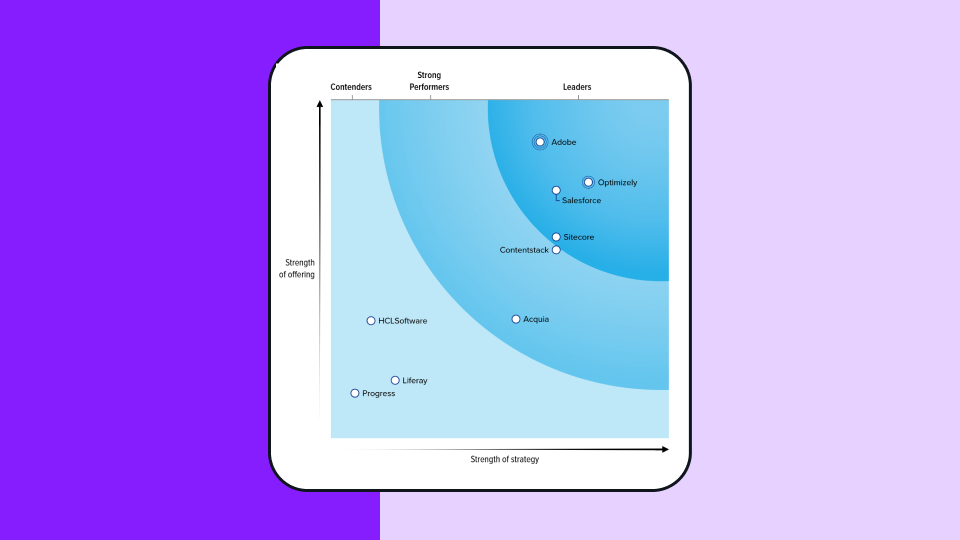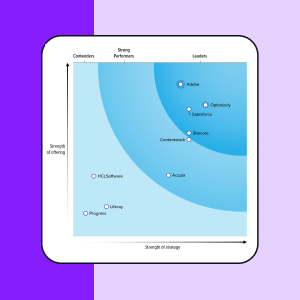Marketing automation
What is marketing automation?
Marketing automation (MA) is a term used to describe the replacement of repetitive tasks and manual marketing processes with solutions that are automated, especially in regards to email marketing campaigns.
Marketing automation nurtures sales prospects with personalized content that is designed to convert them into customers through drip campaigns and nurture campaigns that help educate prospects about your products and, ideally, convert them into qualified leads.
Why is marketing automation important?
Personalized, targeted messaging is critical for customer engagement, yet as companies and marketing teams scale, one-to-one marketing and customer follow-up becomes less feasible.
Marketing automation makes it easy to set up and send personalized targeted messages to your prospects (no matter how many there are) in a timely fashion, strengthening engagement.
Due to its focus on operational efficiency, marketing automation can offer an excellent ROI for generating new leads for your sales team.
Common features of marketing automation platforms
Although different marketing automation platforms and marketing automation tools offer different features, most offer the same core functionality. Below is a list of some typical features you can expect in a MA platform:
- Campaign management - Automated relevant email campaigns
- Content creation - An easy way to add new content tailored to relevant audiences
- Email marketing - Automatically triggered and in batches
- Forms - Built-in registration forms that connect to your database
- Landing pages - Customized per campaign
- Lead management/lead scoring - A way to qualify leads based on behavior
- CRM integration - Automatic, real-time data syncing
- Social media - Social sharing, social listening and tracking
- Analytics - Basic reporting dashboards and measurement of these marketing efforts' impact on revenue
- Lead nurturing - Automated emails sent based off the leads' behavior
Basic marketing automation strategy
-
Outline your goals
Begin by stating your end goals and desired outcomes for this marketing strategy. Which is more important to you: increased brand awareness, increased customer engagement, increased lead generation or increased loyalty?
Identify and document desired goals to ensure that your marketing automation strategy maximizes all of your assets. -
Map the customer journey
The three basic customer stages are awareness, consideration and decision.
Identify the various stages of your customer journey, noting customer experiences and emotions during each stage and identifying how your product can help or solve problems. -
Define your customer segments
Depending on the size and complexity of your content library and customer data, your segments should be various combinations of your buyer personas and customer life cycle segments. Don’t overcomplicate your segments; minimizing scope will allow you to get started sooner. -
Assess your content
Since good content is an integral part of successful marketing automation, an assessment of your existing content is a necessary step in the process.
You may need to create new content if you find that there are gaps between what you have and what you need. -
Map your message content to specific segments
Next, map your content (some of which may not yet exist) to your various customer segments so you can see the various pieces in your marketing automation strategy. It may help to map this out with a flow chart for easier visualization of your customer journey and what makes the most sense to automate. -
Identify areas for experimentation and personalization
The final step is to identify where in your customer journey you should start A/B testing. Automating marketing tasks around message and customer touchpoints should also be fine tuned via experimenting with different content and timing for content. Additionally, having campaigns personalized for different customer segments will make your content more relevant for those segments and build better customer relationships.
Examples of popular marketing automation software
- ActOn - Cloud-based email automation software for small and medium-sized businesses.
- Bronto - Marketing automation platform specifically for retailers and ecommerce companies.
- Customer.io - Startup focused on behaviorally-triggered email automation for small and medium-sized internet companies.
- Eloqua - Robust marketing automation and email marketing system for enterprise customers.
- HubSpot - Highly-rated marketing automation for small and medium-sized businesses, strong on content management, product education and training.
- Marketo - Popular with enterprise, CRM and inbound marketing platform known for its powerful (somewhat cumbersome) process-driven automated campaign builder.
- Pardot - Robust and powerful marketing automation for enterprise (said to be more intuitive than Marketo).
- Zoho - Inexpensive and elegant email marketing platform from a company with many different business productivity software tools.

